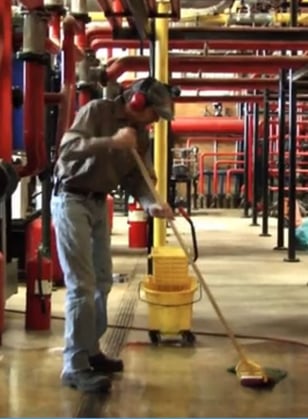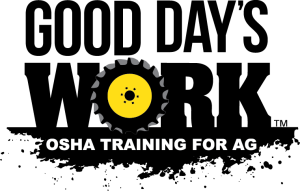Slips, trips and falls constitute the majority of general industry accidents.
Agriculture is no different than any other industry when it comes to slips, trips and falls (STF’s). Similar to construction, changes in walking surfaces is part of the landscape. STF’s are a major challenge for safety managers and account for roughly 15.2% of all injuries that require time off work.
Traditional Solutions

Most traditional solutions zero in on physical factors like obstructions, wet and slippery floors and uneven surfaces. Those issues are commonly addressed in three ways:
- rules and procedures
- regular maintenance
- proper equipment
A sound housekeeping plan, warnings of raised surfaces and employing anti-slip materials go a long way to prevent STFs in the traditional sense.
What About Non-Traditional Solutions?
Even when you address the physical nature of STFs, there are still aspects that fall outside these factors….it’s the human factor. People get distracted and make simple mistakes with serious consequences. Providing training and creating awareness around the human factors can help reduce STF injuries in the workplace. What are the human factors?
- Distractions (concentrating elsewhere)
- Not looking where you’re walking
- Walking too fast for the surface (in a hurry)
The Human Factor
Addressing human factors as part of the walking/working surfaces plan is a good idea. Just like managing distractions in vehicles, taking your eyes off the road can spell disaster. The same is true with walking distractions. Taking your eyes off where you’re going can also be disastrous. Looking elsewhere while walking due to distractions, not being able to see where you’re walking by carrying items and simply walking too fast for the surface are all examples of human factors. Training and awareness created around distractions can help employees stay focused on where they’re going.




